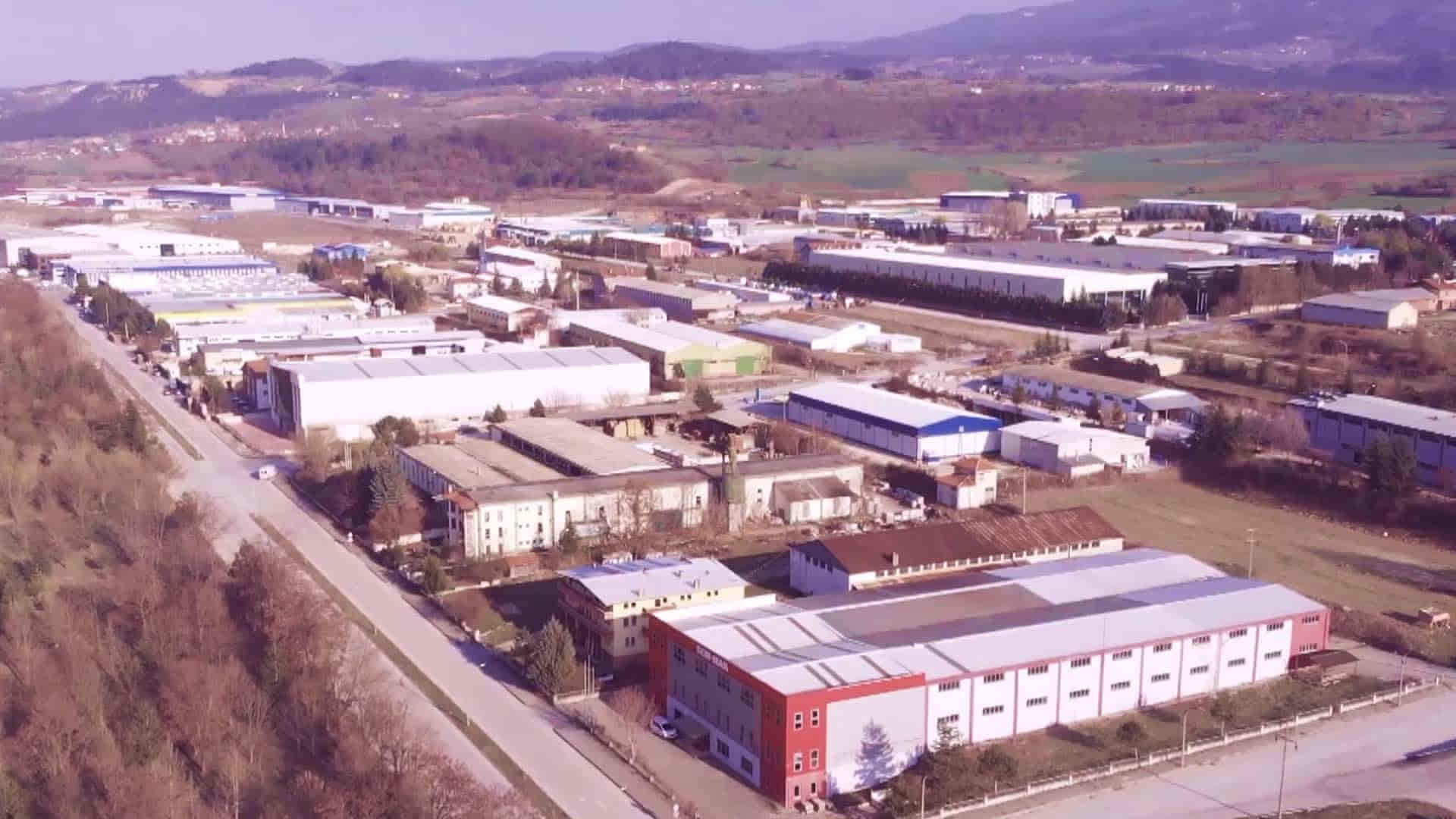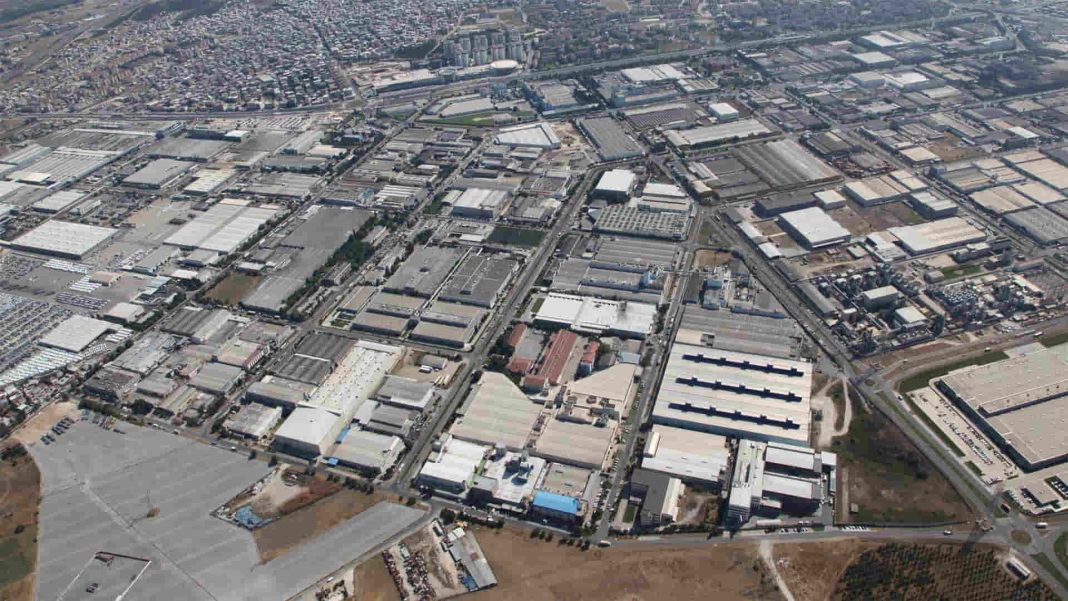Türkiye, one of the world’s largest textile manufacturers, is introducing new regulations to reduce the environmental impact of textile activities. In this context, the Ministry of Environment, Urbanisation and Climate Change published the ‘Circular on Cleaner Production Practices in the Textile Sector’. With the circular sent to 81 provincial governorships, it is aimed to minimise the negative effects of textile sector activities on the environment, prevent air and water pollution, and implement clean production technologies to reduce water and energy consumption. In addition, with this circular, the consumption of groundwater used in production in the textile sector will also be taken under control.
Türkiye set a limit value for emission reduction in the textile sector for the first time
In the statement made by the Ministry, with the circular issued, it is aimed to reduce the oil vapour released into the atmosphere from the chimneys of textile factories, which cause intense complaints in the provinces where textile production is carried out in Türkiye, in order to reduce energy consumption and air emissions from textile facilities.
At the same time, with this circular, a limit value was set for the first time for the reduction of volatile organic compounds and dust emissions for the sector. Compliance with this value, reduction and reporting of energy consumption per production, implementation of appropriate treatment systems to ensure reduction of dust emissions and online monitoring of emissions using appropriate information technologies have been made mandatory.

In addition, for the decolourisation of textile wastewater and reuse of treated wastewater, techniques for decolourisation of dye bath wastewater and reuse of salty water in fabric dyeing and washing have been made compulsory in textile enterprises. In order to save water and energy, it was also obliged to ensure the reuse of wastewater in areas where possible after treatment, and to collect and reuse cooling water and wastewater with low pollutant load separately as much as possible.
In the statement, in order to solve the conductivity problem arising from textile wastewater, the removal of the ions contained in the saline solution used in water softening systems with an appropriate technology in order to reduce the conductivity at the source was also made mandatory by the circular.
The consumption of groundwater used in production in the textile sector will be taken under control
On the other hand, in the textile sector, where water consumption is intense, the amount of water consumed in the enterprise will be measured, monitored and the flow rate will be controlled by devices and automatic shut-off valves in order to reduce water consumption and prevent irresponsible groundwater consumption.
Also, in regions where water resources are scarce, it will be ensured that the process water needs of the facilities operating in the Organised Industrial Zone (OIZ) will be supplied from the OIZ and the wastewater treatment plant effluents of the OIZ will be reused and recycled.
In the circular, it was announced that the said techniques will be applied until January 15, 2024 in textile facilities with an installed capacity of 10 tonnes/day and above, until January 15, 2025 in textile facilities with an installed capacity of 5 tonnes/day-10 tonnes/day and until January 15, 2026 in textile facilities with an installed capacity of fewer than 5 tonnes/day. The circular also included the flexibility to bring these dates forward and set lower limit values with the decision of the Local Environment Board based on the air quality and water resources of the province.
